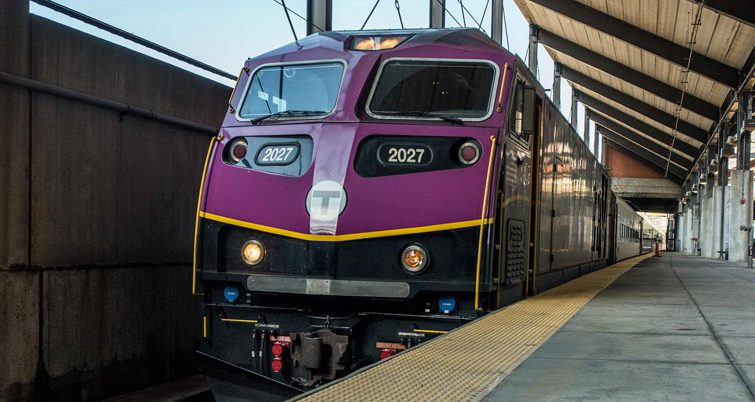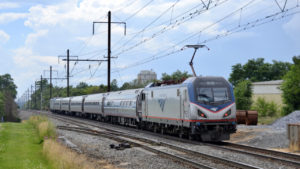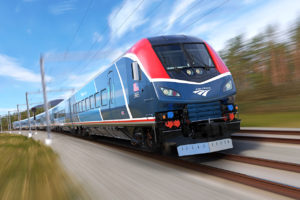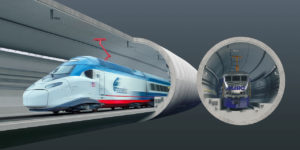From six trains back to 28; MBTA completes reconstruction of signal system following derailment
Written by RT&S Staff
The Massachusetts Bay Transportation Authority (MBTA) announced this week the completion of all Red Line signal repair efforts, resulting in the restoration of regularly scheduled Red Line service. Back on June 11, a Red Line train heading south into the JFK/UMass station derailed, damaging infrastructure like the signal system.
Efforts to restore the signal system between JFK/UMass and North Quincy, which were completed this past weekend, were followed by several days of operational testing.
“While I’m pleased Red Line service has been restored, this event underscores the level of urgency we need to continue to build a better T,” said MBTA General Manager Steve Poftak. “I want to express my deepest gratitude to our customers for their patience while restoration work took place. I also want to thank our entire workforce and contractors for their efforts to work seven days a week to restore the system to normal.”
With this final work finished, regular Red Line service has been restored in all areas, including all previously affected areas on both the Ashmont and Braintree branches. With fully functioning signals, countdown signs at all previously affected Red Line stations also are back and turned on.
The MBTA began running 28 trains on the Red Line during rush hour last month after restoring a key area of signals between Broadway and JFK/UMass, which is the regular number of trains scheduled to operate during peak periods. As of last week, these 28 trains have returned to their pre-derailment schedules with about 14 trains running per hour through the downtown area of the Red Line, or about one train every four to five minutes during rush hour. During the mid-day, the Red Line is also back to operating between nine and 10 trains per hour.
In the days that followed the Red Line derailment in June, the Red Line was only able to run approximately six trains per hour during rush hour service, or roughly one train every 10 minutes. During the mid-day of the days that followed, the Red Line ran about five trains per hour.
Due to the significantly damaged automatic signaling system, a manual operation was put in place at the time on the Braintree branch from Broadway to North Quincy and on the Ashmont branch from Broadway to Fields Corner. The process of manually moving each train through each station in these sections of the Red Line required about 57 personnel in the field every day.
Throughout the summer, the MBTA continued to make incremental progress. Due to this progress, last month the area of manual operation was scaled back to two areas between JFK/UMass and North Quincy on the Braintree branch and to between JFK/UMass and Fields Corner on the Ashmont branch, requiring about 41 personnel in the field per day. Progress also allowed the MBTA to continue to near pre-derailment rush hour levels of service with 28 trains back on the Red Line during rush hour periods. The T also was able to operate three additional trains during off-peak hours in an effort to provide more frequent service and minimize crowding during the middle of the day.
For the latest news, go to www.rtands.com.





